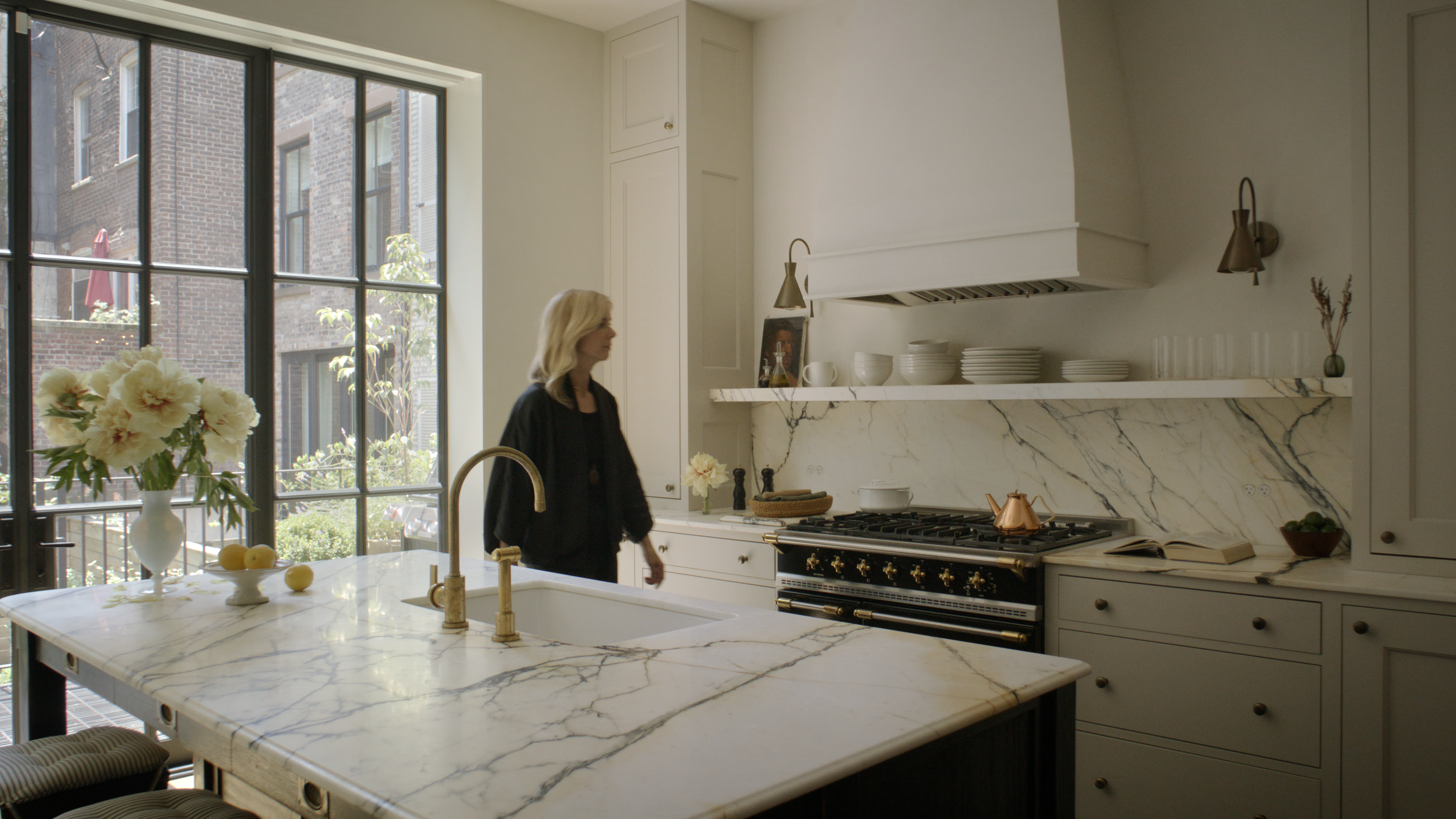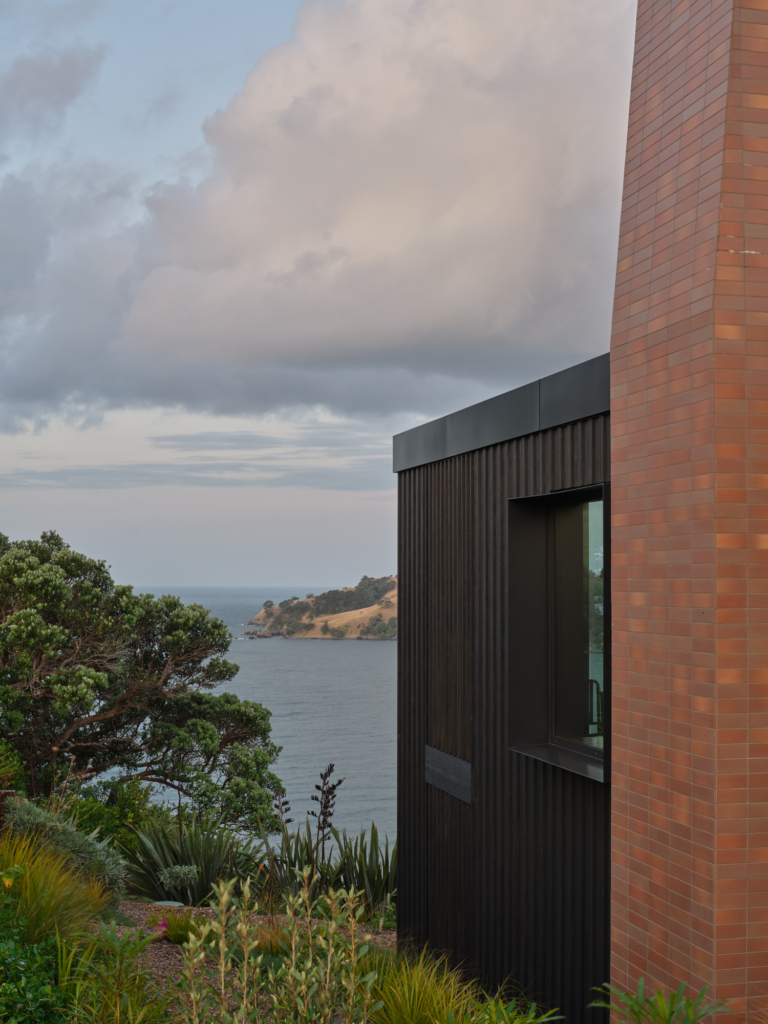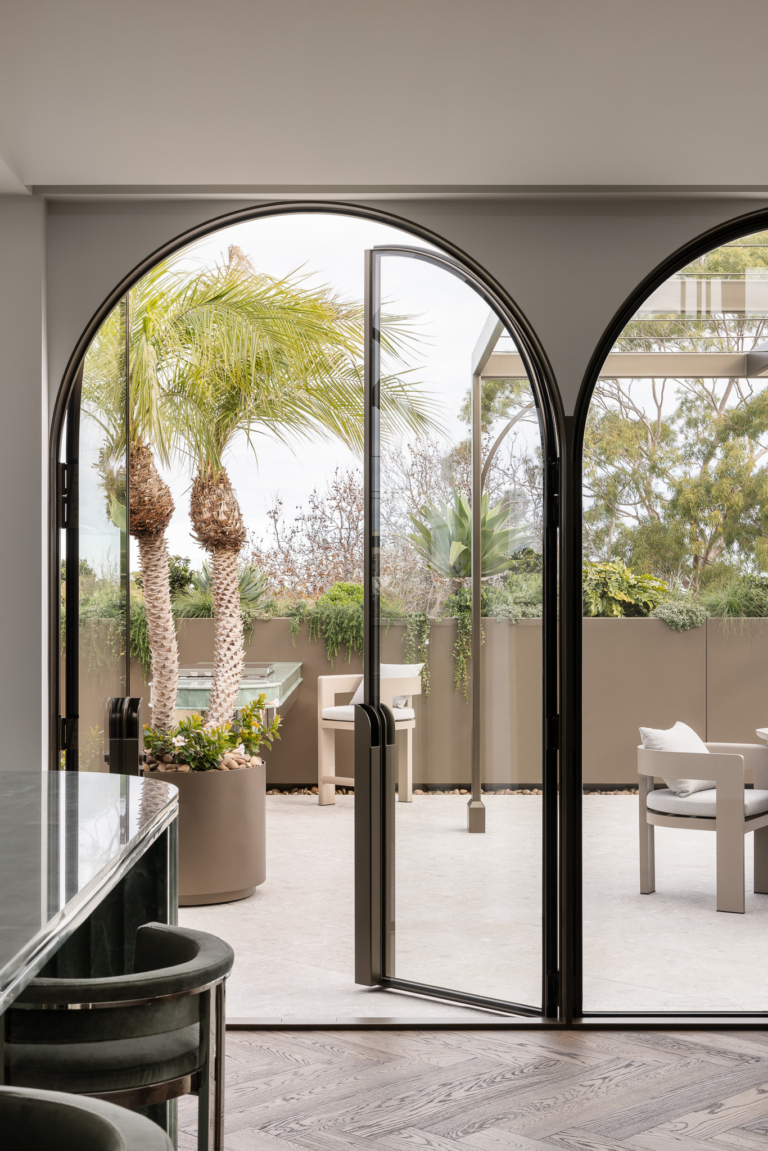
5 Must-Know Tips for Designing Your Dream New York Townhouse with Elizabeth Roberts Architecture
Elizabeth Roberts, founder of Elizabeth Roberts Architecture, reveals her top five tips for designing your dream townhouse in New York City while maintaining a thoughtful balance between architectural heritage and contemporary living.
For Roberts, every project begins with understanding your baseline. “When you’re starting your own townhouse, start with what you’ve got and assess what came with the building,” she says. Every townhouse has its own character, with important things to consider being ceiling height, natural light and unique architectural details, as well as understanding the rules for houses in landmark districts.
Originally built in 1842, West 11th Street Townhouse by Elizabeth Roberts Architecture was reimagined as a tranquil retreat for a family of four. As the home is located in the Greenwich Village Historic District, a key resource for Roberts was the archive of original drawings held by the Landmarks Preservation Commission. “It really helped us determine all the restoration that we’re going to need to do in order to get landmarks approval,” she says. This included restoring the heritage brickwork and reinstating new bricks that perfectly complemented the original.
For Roberts, good design stems from listening closely to how people live. “How does the family want to live in the house?” she says. “Where’s the heart of your home?” Defining your priorities can be a collaborative, layered process, taking into account the many and varied ways people use space. As the kitchen was the central hub in West 11th Street Townhouse, Roberts created an open parlour level to allow for ease of entertaining. She then relocated the bedrooms to the top two floors to take advantage of the expansive north-facing skylight.
“I wouldn’t base your choice of a townhouse on whether there’s too much or too little historic detail,” says Roberts. “It’s important to develop your own design voice.”
With heritage buildings, there’s always a conversation between old and new. “You have to decide how traditional versus how modern you want the home to be,” she says. While West 11th Street Townhouse had lost much of its original detail, Roberts resisted reinstating all of it. “We’re not pure classicists. We love introducing modern details into old buildings,” she says. Her sensitive and elegant design brought warmth and subtlety to the space – with a fumed oak floor with herringbone detail on the parlour level, and a modern, pared-back balustrade in place of the original.
“I wouldn’t base your choice of a townhouse on whether there’s too much or too little historic detail,” says Roberts. “It’s important to develop your own design voice.” When it comes to defining your own personal design language, she encourages collecting and curating items that are personal to you or that you feel drawn to in order to fuel inspiration. “A lot of times our clients don’t exactly know how to express what they’re after, and many times it’s really helpful to just dive into images,” she says. “Oftentimes we’ll look at photographs of our own projects, but we’ll also look at just beautiful things in the world that inspire them.”
Her final, and perhaps most important tip, is to gather the best possible team of experts including architects, engineers and contractors. “It’s great to include people in your process who help with your decision-making – whether that’s your partner, your architect, or a really good friend,” she says.
Architecture by Elizabeth Roberts Architecture.


















